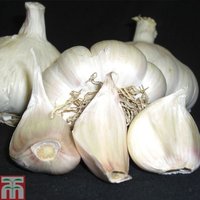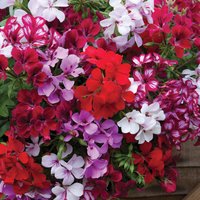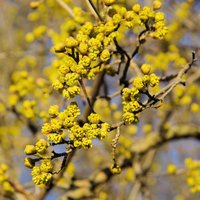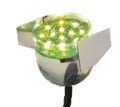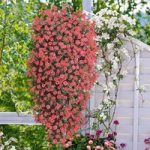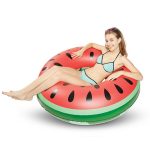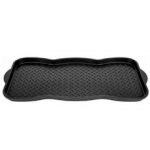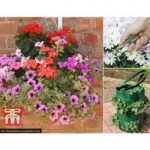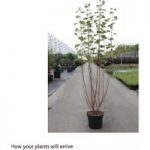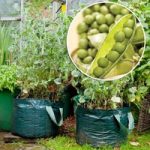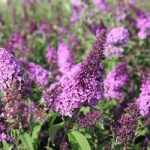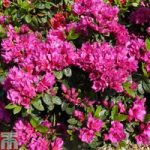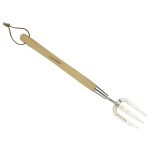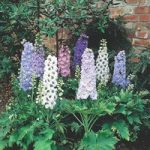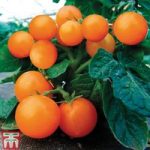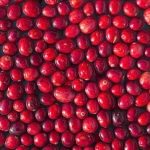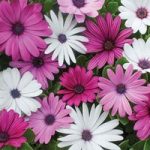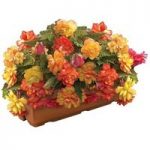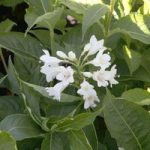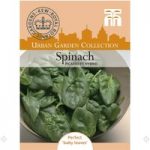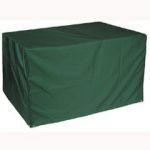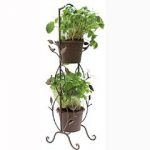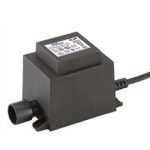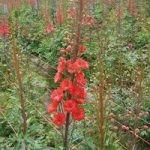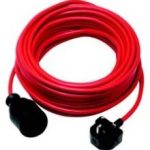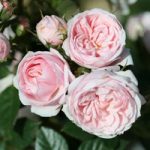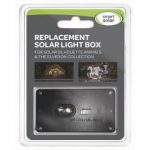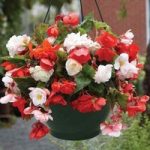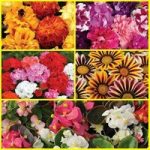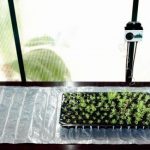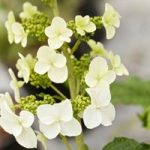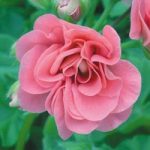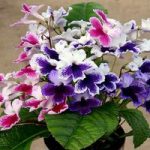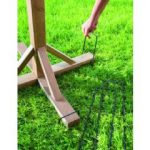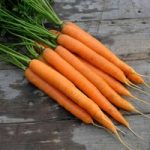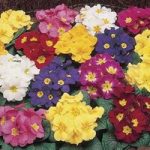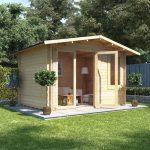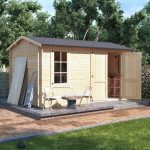Category Archives: Plants & Seeds
Garlic ‘Picardy Wight’ (Spring Planting)
Busy Lizzie ‘Divine Improved’ (New Guinea) (Pre-planted Pot)
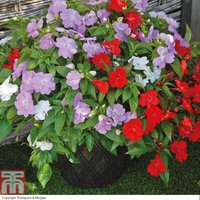 What could be easier and more time saving than patio pots that have been planted up and hardened off for you, ready to place in your garden on delivery? Lovingly planted and established into compost that contains plant food already, so you don’t need to add your own fertiliser, these plants will perform better than
What could be easier and more time saving than patio pots that have been planted up and hardened off for you, ready to place in your garden on delivery? Lovingly planted and established into compost that contains plant food already, so you don’t need to add your own fertiliser, these plants will perform better than
Geranium ‘Supreme Mixed’ (Pre-Planted Basket)
Alstroemeria ‘Rock ‘n’ Roll’
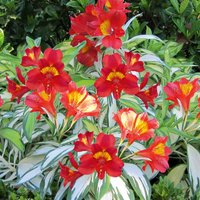 Grow this fantastic new alstroemeria! Ten years of breeding by Australia’s leading specialists have produced this unusual variety with amazing variegated foliage. Hardy to -10°C , it grows just as well in sun as in shade, with no burning of the creamy foliage. Ideal for borders or summer patio pots where it will bloom from
Grow this fantastic new alstroemeria! Ten years of breeding by Australia’s leading specialists have produced this unusual variety with amazing variegated foliage. Hardy to -10°C , it grows just as well in sun as in shade, with no burning of the creamy foliage. Ideal for borders or summer patio pots where it will bloom from
Geranium ‘Black Velvet Mix’ F1 (Pre-planted Pot)
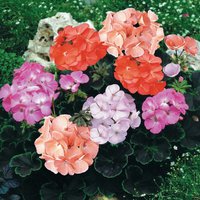 Dark, enigmatic foliage makes a startling foil for the beguiling bright blooms of Geranium ‘Black Velvet Mix’ in four striking colours. The unique black leaves, produced on upright bushy plants, are edged with just a hint of green. This boldly coloured zonal geranium makes a striking addition to pots, beds and borders for long lasting
Dark, enigmatic foliage makes a startling foil for the beguiling bright blooms of Geranium ‘Black Velvet Mix’ in four striking colours. The unique black leaves, produced on upright bushy plants, are edged with just a hint of green. This boldly coloured zonal geranium makes a striking addition to pots, beds and borders for long lasting
English Yew (Hedging)
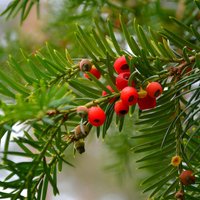 The English Yew has been awarded a prestigious RHS Award of Garden Merit and is ideal for growing as a formal hedge – it tolerates regular clipping and is easily shaped for topiary. A good all round tough plant that is tolerant of dry soils, this Taxus baccata is a medium-sized bushy evergreen tree with
The English Yew has been awarded a prestigious RHS Award of Garden Merit and is ideal for growing as a formal hedge – it tolerates regular clipping and is easily shaped for topiary. A good all round tough plant that is tolerant of dry soils, this Taxus baccata is a medium-sized bushy evergreen tree with
Holly (Hedging)
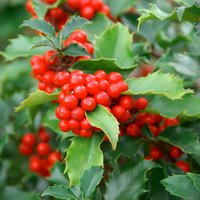 A well known British native, particularly for its red berries at Christmas; Holly is a prickly evergreen shrub which makes a fine evergreen hedge. The dark green, glossy leaves provide a lovely foil for lighter coloured shrubs and perennials and its tolerance to clipping makes it a good choice for formal hedges. Ilex aquifolium is
A well known British native, particularly for its red berries at Christmas; Holly is a prickly evergreen shrub which makes a fine evergreen hedge. The dark green, glossy leaves provide a lovely foil for lighter coloured shrubs and perennials and its tolerance to clipping makes it a good choice for formal hedges. Ilex aquifolium is
Agapanthus Blue & White Collection
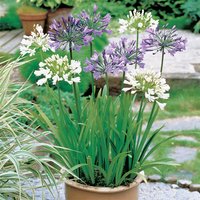 This magnificent mix combines blue Agapanthus ‘Queen of the Ocean’ and white Agapanthus ‘Polar Ice’ for a striking two tone display. In summer, these impressive perennials lend their stature to borders and patio containers, where their architectural seed heads continue the display well into autumn. The large spherical blooms are also magnificent in cut flower
This magnificent mix combines blue Agapanthus ‘Queen of the Ocean’ and white Agapanthus ‘Polar Ice’ for a striking two tone display. In summer, these impressive perennials lend their stature to borders and patio containers, where their architectural seed heads continue the display well into autumn. The large spherical blooms are also magnificent in cut flower
Hazel (Hedging)
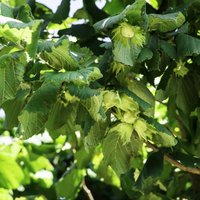 Well known as a tree grown for its Cobnuts or Hazelnuts, Corylus avellana is also a fantastic hedging plant. Elegant yellow catkins hang gracefully along the bare branches in early spring, followed by large, rounded green leaves which turn to buttery yellow in autumn. Less formal pruning will allow the flowers to develop into edible
Well known as a tree grown for its Cobnuts or Hazelnuts, Corylus avellana is also a fantastic hedging plant. Elegant yellow catkins hang gracefully along the bare branches in early spring, followed by large, rounded green leaves which turn to buttery yellow in autumn. Less formal pruning will allow the flowers to develop into edible
Red Dogwood (Hedging)
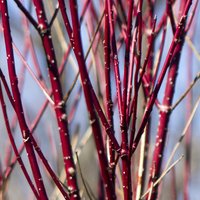 Usually grown as an ornamental shrub for its winter stem colour, Red Dogwood also makes a brilliant hedging plant. The strong upright stems produce bright green ovate leaves and clusters of tiny white flowers in May and June which are attractive to bees. In autumn the leaves take on warm shades of red before falling
Usually grown as an ornamental shrub for its winter stem colour, Red Dogwood also makes a brilliant hedging plant. The strong upright stems produce bright green ovate leaves and clusters of tiny white flowers in May and June which are attractive to bees. In autumn the leaves take on warm shades of red before falling
Ramanas Rose (Hedging)
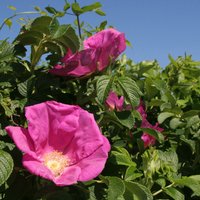 Ramanas Rose makes a real beauty of a hedge, with leaves of bright green and masses of sweetly scented bright pink flowers from early summer through to September. After flowering, the show continues as the rose produces round red hips, packed full of Vitamins A, C and E, and great for making into jellies or
Ramanas Rose makes a real beauty of a hedge, with leaves of bright green and masses of sweetly scented bright pink flowers from early summer through to September. After flowering, the show continues as the rose produces round red hips, packed full of Vitamins A, C and E, and great for making into jellies or
Dog rose (Hedging)
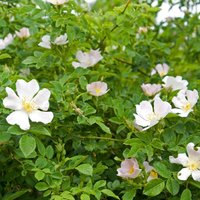 A pretty British native shrub, the dog rose produces open white flowers blushed with pink in early summer. These are followed by glossy bright red rose hips in autumn which are beloved by birds and small mammals. A vigorous arching habit makes Rosa canina ideal for hedging along garden boundaries where the thorny stems knit
A pretty British native shrub, the dog rose produces open white flowers blushed with pink in early summer. These are followed by glossy bright red rose hips in autumn which are beloved by birds and small mammals. A vigorous arching habit makes Rosa canina ideal for hedging along garden boundaries where the thorny stems knit
Elderberry (Hedging)
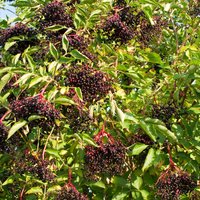 A familiar sight in British hedgerows, the Elderberry is a deciduous shrub or small tree with attractive pinnate leaves. In early summer, panicles of sweetly scented dainty white flowers appear, which are highly attractive to bees and butterflies. These are followed in the autumn by clusters of small black berries which are devoured by birds.
A familiar sight in British hedgerows, the Elderberry is a deciduous shrub or small tree with attractive pinnate leaves. In early summer, panicles of sweetly scented dainty white flowers appear, which are highly attractive to bees and butterflies. These are followed in the autumn by clusters of small black berries which are devoured by birds.
White Poplar (Hedging)
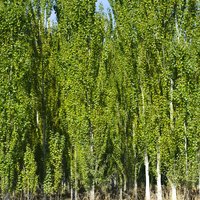 The rich, dark leaves of White Poplar have a silver/white underside, giving an interesting effect as the tree is ruffled by the wind. A common sight in the English countryside, the White Poplar is used by farmers to provide a windbreak to protect crops. It is also happy to be kept clipped to your required
The rich, dark leaves of White Poplar have a silver/white underside, giving an interesting effect as the tree is ruffled by the wind. A common sight in the English countryside, the White Poplar is used by farmers to provide a windbreak to protect crops. It is also happy to be kept clipped to your required
Hornbeam (Hedging)
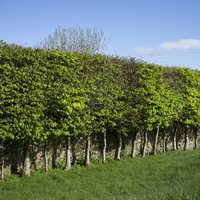 If you are thinking of planting a native hedgerow, choose Hornbeam as part of the mix. Its impressive qualities include leaves which turn golden yellow in autumn, and fluted, grey coloured branches that look good through the winter. Keep Carpinus betulus to the size you require and it makes a great hedging plant. It is
If you are thinking of planting a native hedgerow, choose Hornbeam as part of the mix. Its impressive qualities include leaves which turn golden yellow in autumn, and fluted, grey coloured branches that look good through the winter. Keep Carpinus betulus to the size you require and it makes a great hedging plant. It is
Common Dogwood (Hedging)
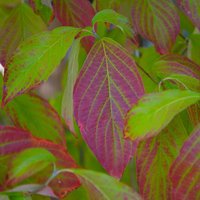 Cornus sanguinea, also known as Common Dogwood, is an upright deciduous shrub with attractive winter stem colour. A dense covering of green foliage emerges in spring followed by clusters of tiny white flowers in May and June which are attractive to pollinating insects. The flowers are followed by black berries which are eaten by birds,
Cornus sanguinea, also known as Common Dogwood, is an upright deciduous shrub with attractive winter stem colour. A dense covering of green foliage emerges in spring followed by clusters of tiny white flowers in May and June which are attractive to pollinating insects. The flowers are followed by black berries which are eaten by birds,
Spindle (Hedging)
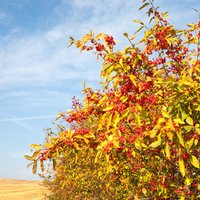 Spindle is a familiar plant that can sometimes be spotted in UK hedgerows – it is recognisable for its colourful seed heads. Its name arises from its traditional use in making spindles. Euonymus europaeus is a large, deciduous shrub that remains relatively anonymous in summer, but turns an amazing scarlet in autumn. When its small
Spindle is a familiar plant that can sometimes be spotted in UK hedgerows – it is recognisable for its colourful seed heads. Its name arises from its traditional use in making spindles. Euonymus europaeus is a large, deciduous shrub that remains relatively anonymous in summer, but turns an amazing scarlet in autumn. When its small
Crab apple (Hedging)
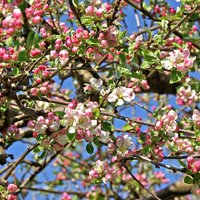 A British native, Crab Apple trees are naturally small and make an ideal hedging plant. In late spring a profusion of white-pink blossoms smother the plant, which are fantastic for bees. These are followed by small yellow-green crab apples which become flushed red and often remain on the tree well after leaf fall. The leaves
A British native, Crab Apple trees are naturally small and make an ideal hedging plant. In late spring a profusion of white-pink blossoms smother the plant, which are fantastic for bees. These are followed by small yellow-green crab apples which become flushed red and often remain on the tree well after leaf fall. The leaves
Field maple (Hedging)
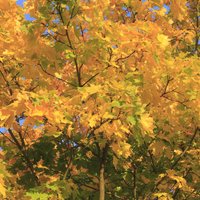 The only Acer native to the UK, the Field Maple naturally forms a medium-sized tree but also clips wonderfully into a dense, deciduous hedge. Distinctive lobed leaves emerge green tinged with red, becoming fully green throughout summer, before turning to a glorious buttery gold in autumn. The small spring flowers are followed by familiar winged
The only Acer native to the UK, the Field Maple naturally forms a medium-sized tree but also clips wonderfully into a dense, deciduous hedge. Distinctive lobed leaves emerge green tinged with red, becoming fully green throughout summer, before turning to a glorious buttery gold in autumn. The small spring flowers are followed by familiar winged







